The change seemed harmless enough. Hidden between a massive section of Bastion changes and Mercy buffs, patch 1.8 had just a two lines relating to D.Va.
- Defense Matrix
- Enemy Shots no longer need to travel a minimum distance before they can be blocked
At the time the majority of the discussion about the patch focused on whether Bastion’s rework would allow him to make an impact on the meta and Roadhog Hook 18.0. At the time it was difficult to grasp how one small Defense Matrix change would create a domino effect with the meta, eventually leading to Tracer’s dominance.
Courtesy of The Meta
Meta Athena has provided professional Overwatch with a number of creative strategies, most of which have yet to be embraced by the greater community. Their most iconic play, however, was widely adopted during the group stage of the second season of Overwatch APEX.
Meta Athena’s star Zarya player, Choi “Hoon” Jae Hoon, would frequently receive his team’s Nano Boost. The charge he naturally built up with his barriers combined with the Nano Boost’s damage increase allowed him to finish his Graviton Surge incredibly quickly, cleanly wiping the enemy team.
This became a standard practice among many teams as it elevated the game impact of Zarya to previously unknown heights thanks to drastically increased Graviton Surges. It did not mean, however, that your Zarya could be brain dead in their approach. D.Va could still absorb an incoming Graviton Surge lobbed her way. This forced Zarya players to drop their ultimates at their own feet, as the projectile would not travel the distance required to be absorbed.
The change to Defense Matrix meant this was no longer possible. As even a Graviton Surge thrown at the Zarya’s feet would be absorbed. That small change was all it took to throw the established meta out the window.
Adaptations
Chart courtesy of Winston’s Lab
The changes had a drastic effect on pick-rates of both the tank and DPS players across all teams. The front-line trio of Reinhardt, Zarya, and Roadhog, who had worked so hard to establish the old trade-heavy meta, all saw their playrates slashed. Zarya was now played 35.95 percent less.
They were replaced by D.Va, Winston, and Tracer, whose playrates have all doubled in reaction as the dive meta came into prevalence. D.Va’s extreme 81 percent playrate contributes heavily to Zarya’s fall-off as Graviton Surge is no longer reliable.
As if not being able to land your ultimate reliably enough wasn’t a problem already, Zarya also simply does not fit into the new higher tempo style of play. Dive compositions play out teamfights incredibly quickly and leave Zarya with little time to charge up the notoriously slow-building Graviton Surge.
Dive compositions also more heavily favor Zenyatta over Ana, and the latter’s playrate has fallen nearly 20 percent. Without Nano Boost to aid Zarya in building her ultimate, her ability to ready Graviton Surge is hampered on two fronts, causing her to be dropped from the meta.
But the most interesting result of the meta shift is Tracer’s rise in popularity and the way she’s being played in the new Zarya-deficient meta.
The British horseman of the apocalypse
Genji’s playrate has also risen slightly after the D.Va change. That’s mostly a byproduct of the dive meta. The largest change among DPS heroes is Tracer, with an astonishing nearly two-thirds play-rate. With the common tank selections changing and the preference for lower health compositions, Tracer is thriving in the new meta.
The combined defensive utility of D.Va and Winston, the new most common tank heroes, does not stack up nearly as well to that of Reinhardt and Zarya. Winston’s shield has less health, a much longer cooldown, and is immobile when compared to that of Reinhardt. And while D.Va’s Defense Matrix is undeniably powerful, it’s more reliant on positioning than Zarya’s barriers.
To protect her allies, D.Va must be within 15 meters of them to absorb incoming projectiles, whereas Zarya can double that distance and still shield her ally. And against Tracer, who is insanely mobile, neither D.Va or Zarya can hope to shadow her. So the extra range on Zarya’s protection grants her allies extra room to position around.
Another factor: D.Va must be preemptively blocking while Zarya can reactively place a barrier to protect from an incoming threat.
This is an especially important point for dealing with Tracer and her Pulse Bomb. For a D.Va to stop an ally being stuck with Pulse Bomb, she must be near them, and then the Tracer must make the mistake of throwing her ultimate into Defense Matrix. Zarya, meanwhile, has time during the one-second fuse to shield her ally.
The combination of D.Va’s lacking ability to protect against Pulse Bomb and Zarya’s dropped play-rate means we are seeing Tracer players use her ultimate in a different manner.
In season one of APEX, BK Stars became famous for their ability to land the Big Bang combo. It consisted of Graviton Surge gathering enemies into one spot, followed up by a Pulse Bomb for the bang. That combo became a staple play for many teams, and we saw a tendency for Tracer players to save their ultimate for big combos.
But that’s no longer the case. Instead of holding onto Pulse Bomb for teamfights, Tracer players are using her ultimate to find single picks on key targets. And with how much easier it is for Tracer players to secure that kill, it’s become shockingly successful.
Teams like Rogue with star Tracers like Terrence “Soon” Tarlier have abused this to its fullest extent. Soon focuses on building Pulse Bombs quickly, and uses them to find a kill on a key target, usually a support, or deal a significant chunk of damage to the enemy Winston. From there, Rogue uses their highly mobile composition to capitalize on the ensuing five-on-six, leading to easy teamfight wins.
All this is made possible because D.Va is less capable of protecting her allies against Tracer than Zarya is, but in turn Zarya doesn’t fit into the meta because of how powerful a counter D.Va is against her. Tracer’s strength is only exaggerated when facing the increasingly popular triple-DPS compositions that don’t even have the defensive utility of D.Va. And she gets to face five heroes with just 200 health who become easy prey.
A metagame domino effect over the past few months has left us with Tracer in a dominant position in the meta without her ever being changed herself. The popular compositions lack the tools to defend against her, and the low overall health of the meta staple heroes means she is incredibly lethal in the right hands.
So the next time you hear “cheers love,” run.
All statistics taken from Winston’s Lab



/https://lh4.googleusercontent.com/WvfOnee23WDLADHgI2e0svmBg11jixpktrCSAEHrFptouQ9beGsvRPrj3MA1xzGGwvlalwvxKNat846t_MOiKBEwjVyQ2oEKPEOxweriXYE7yHWbtZP2VeyjI_XogAXS_nmj2KIj)
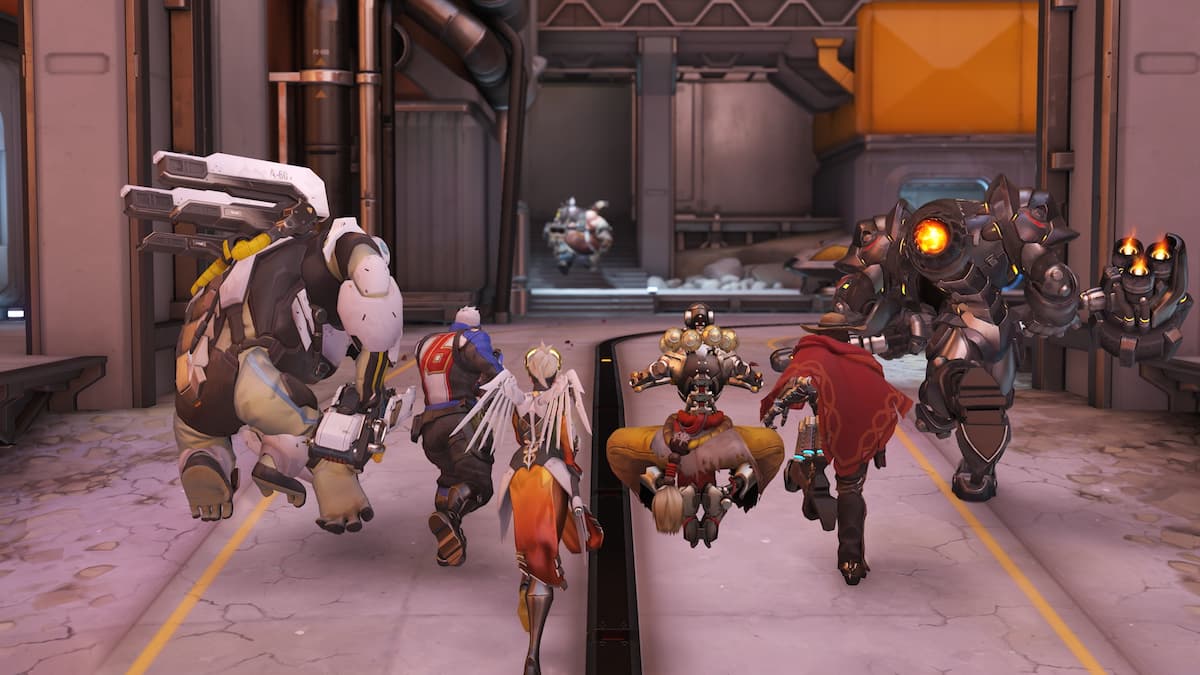

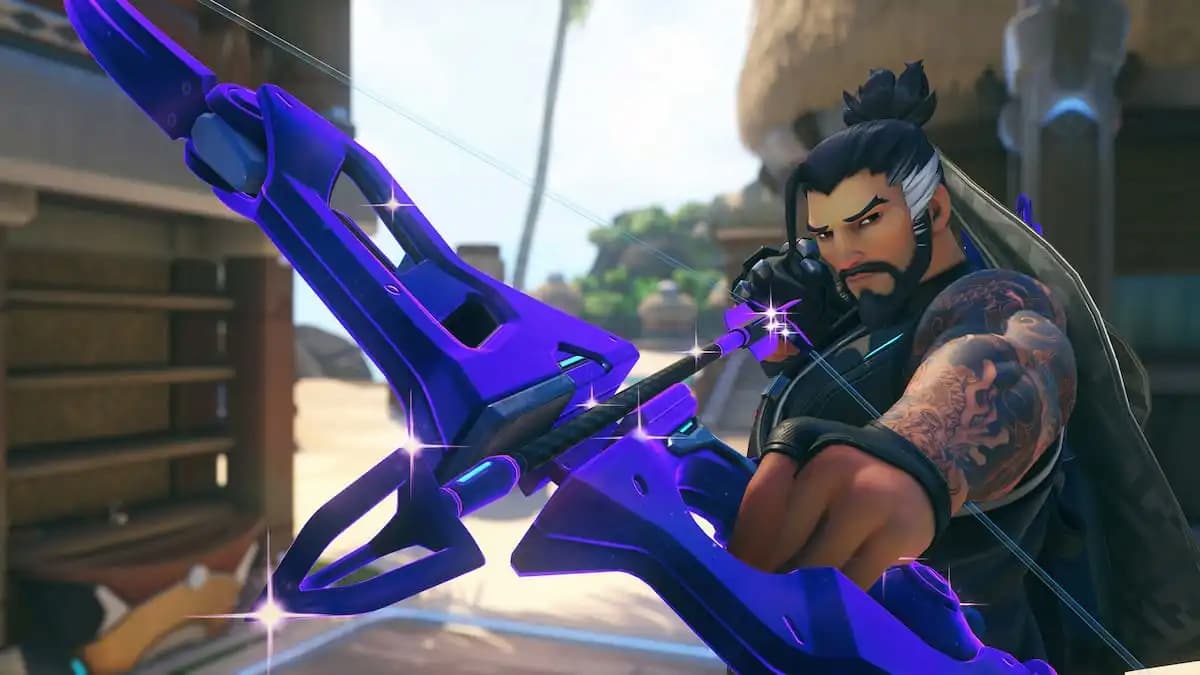
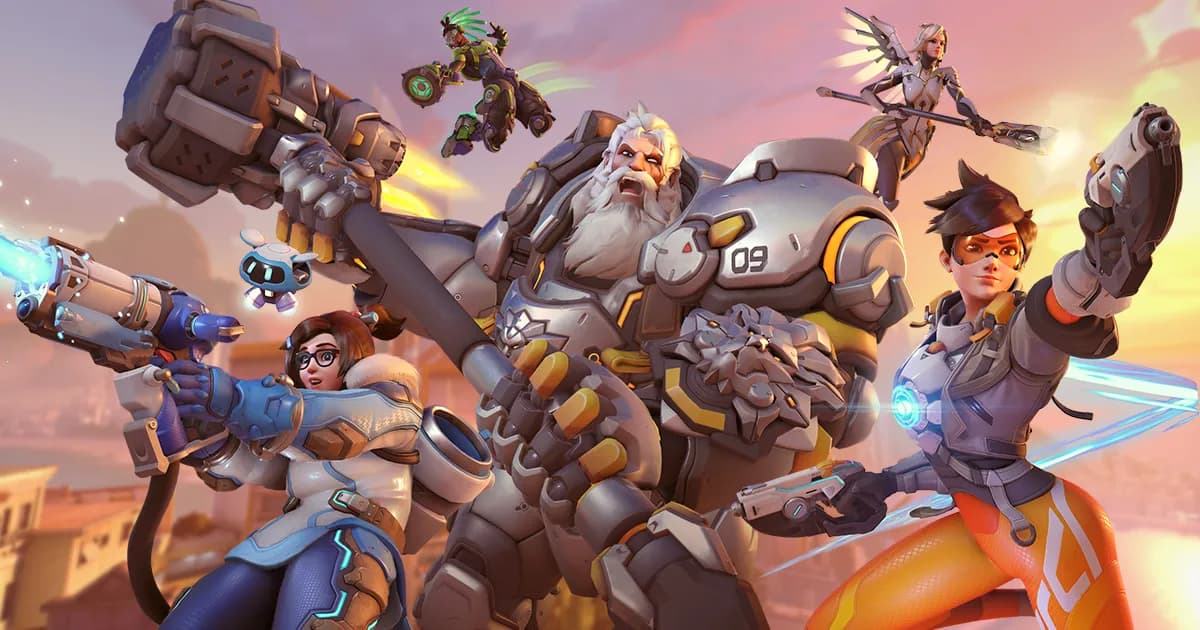
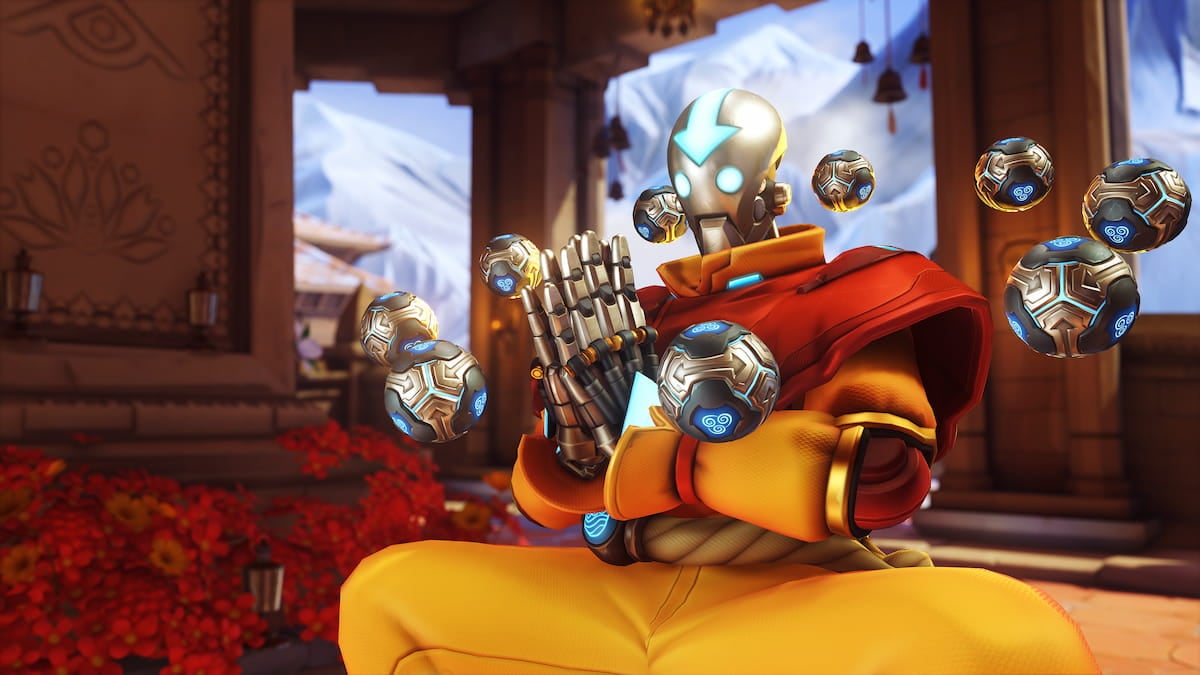

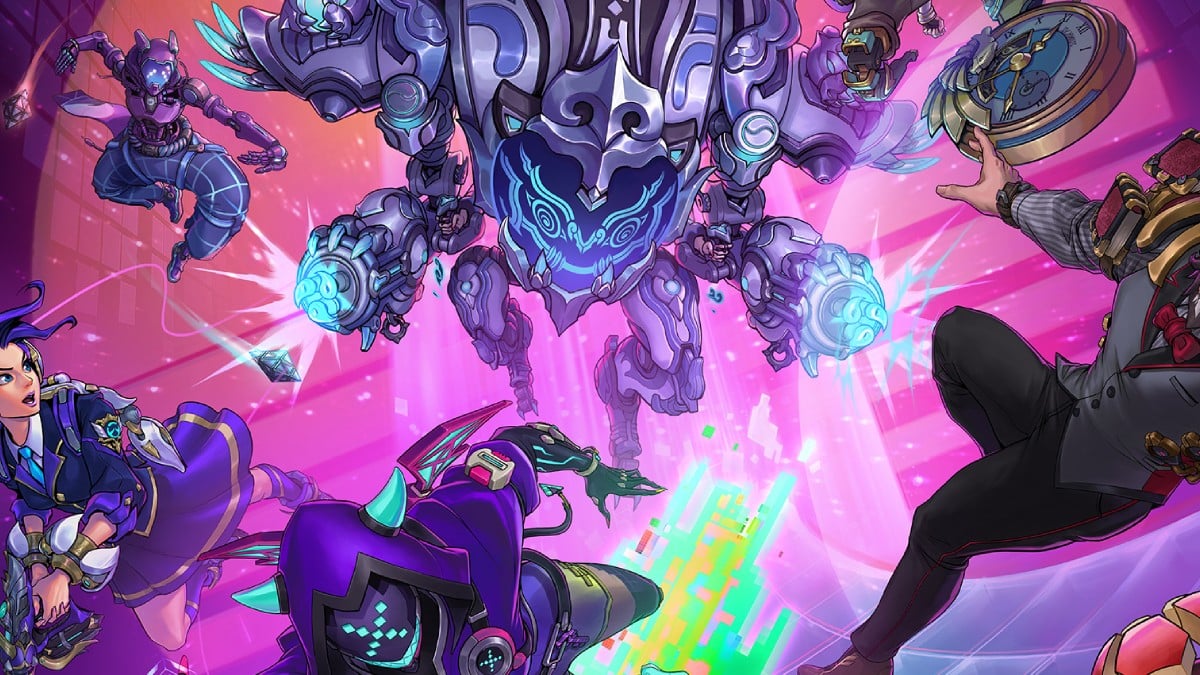
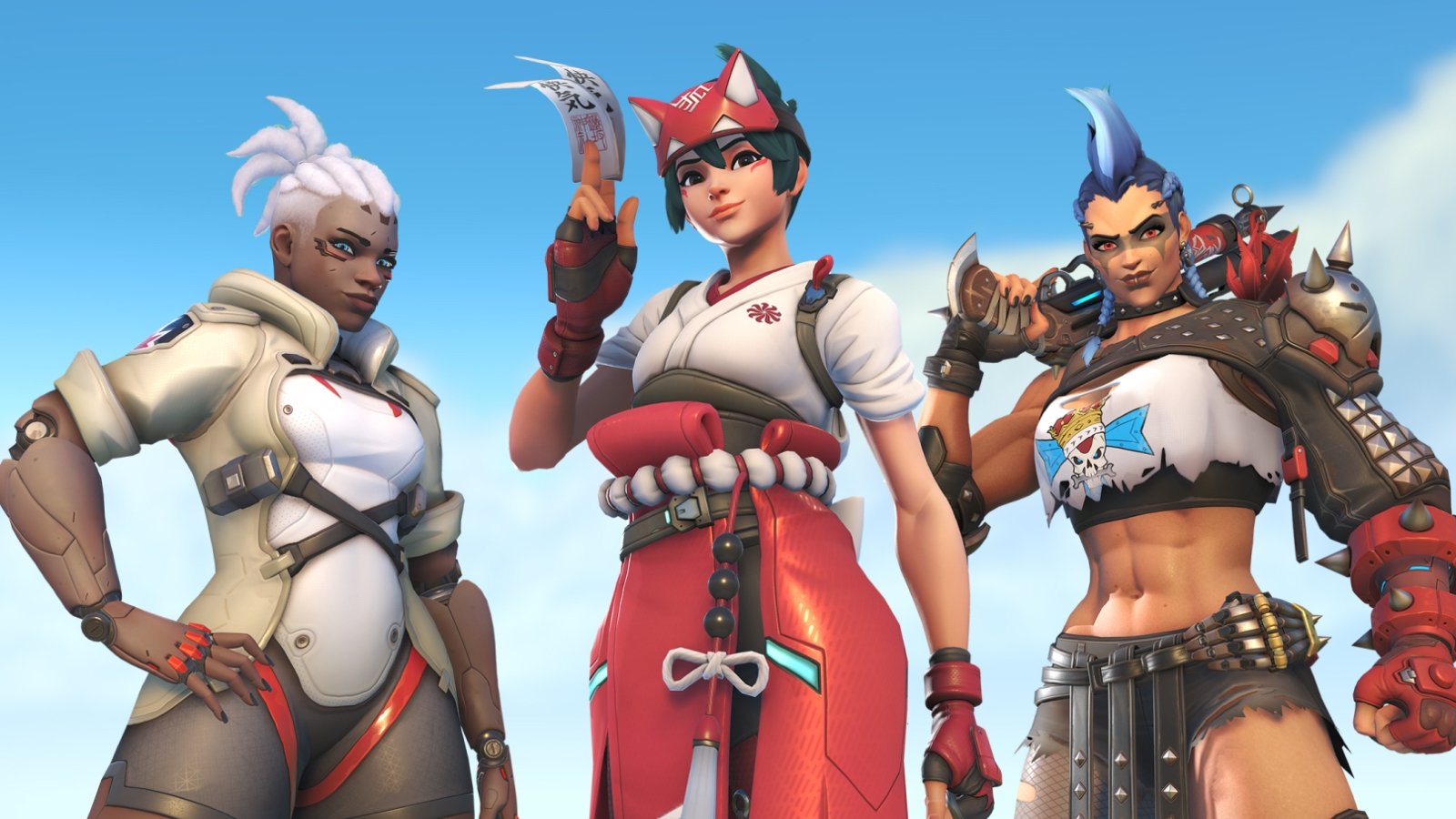
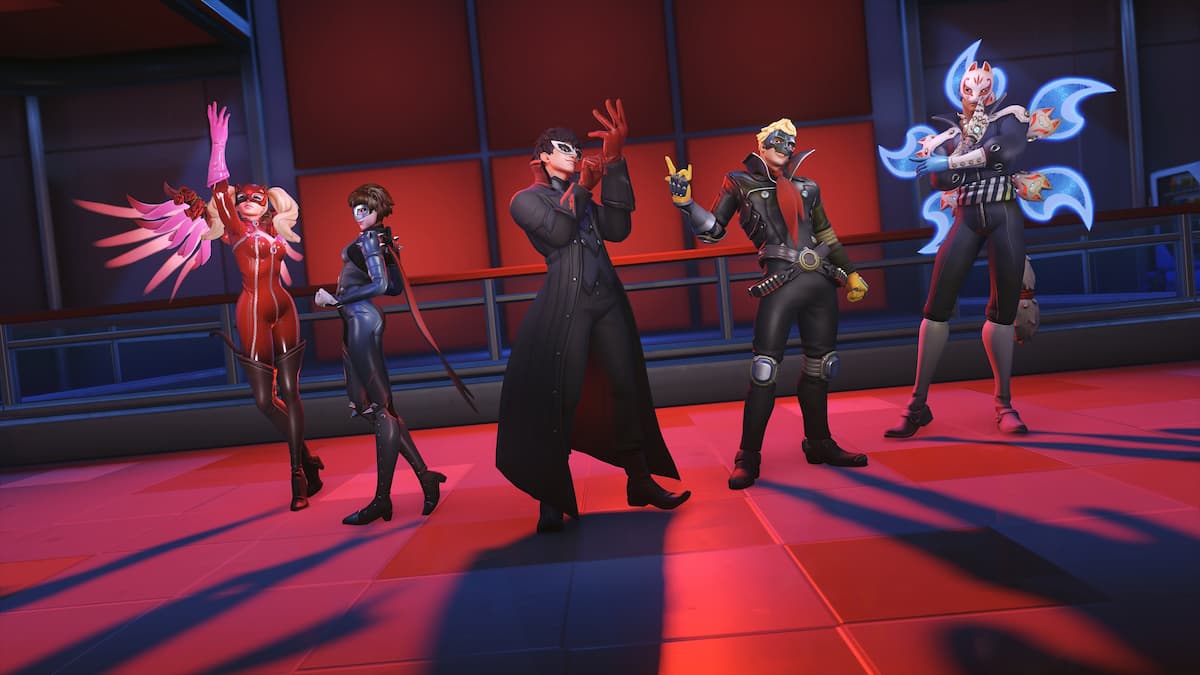
Published: May 3, 2017 01:14 pm